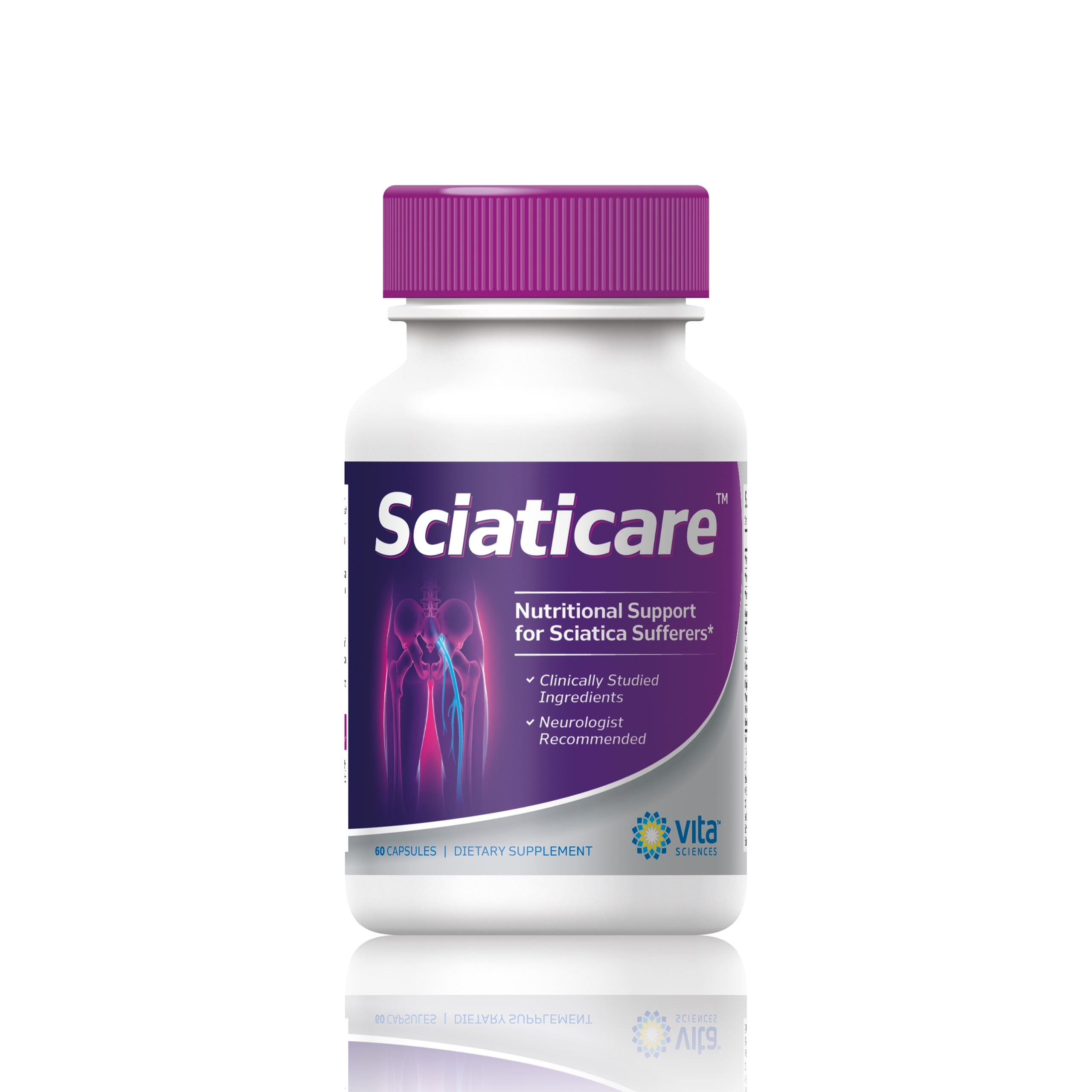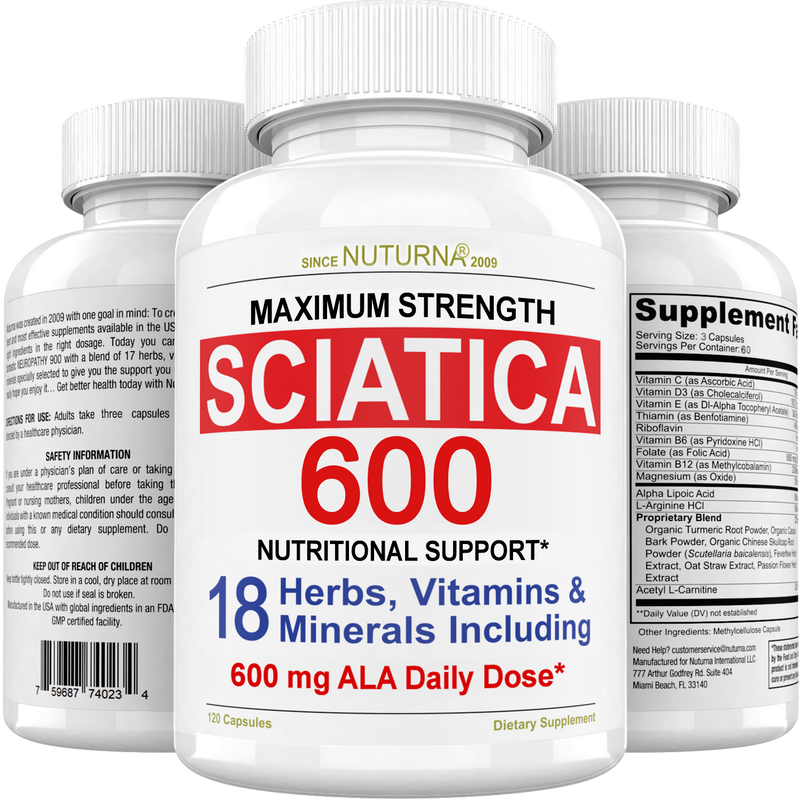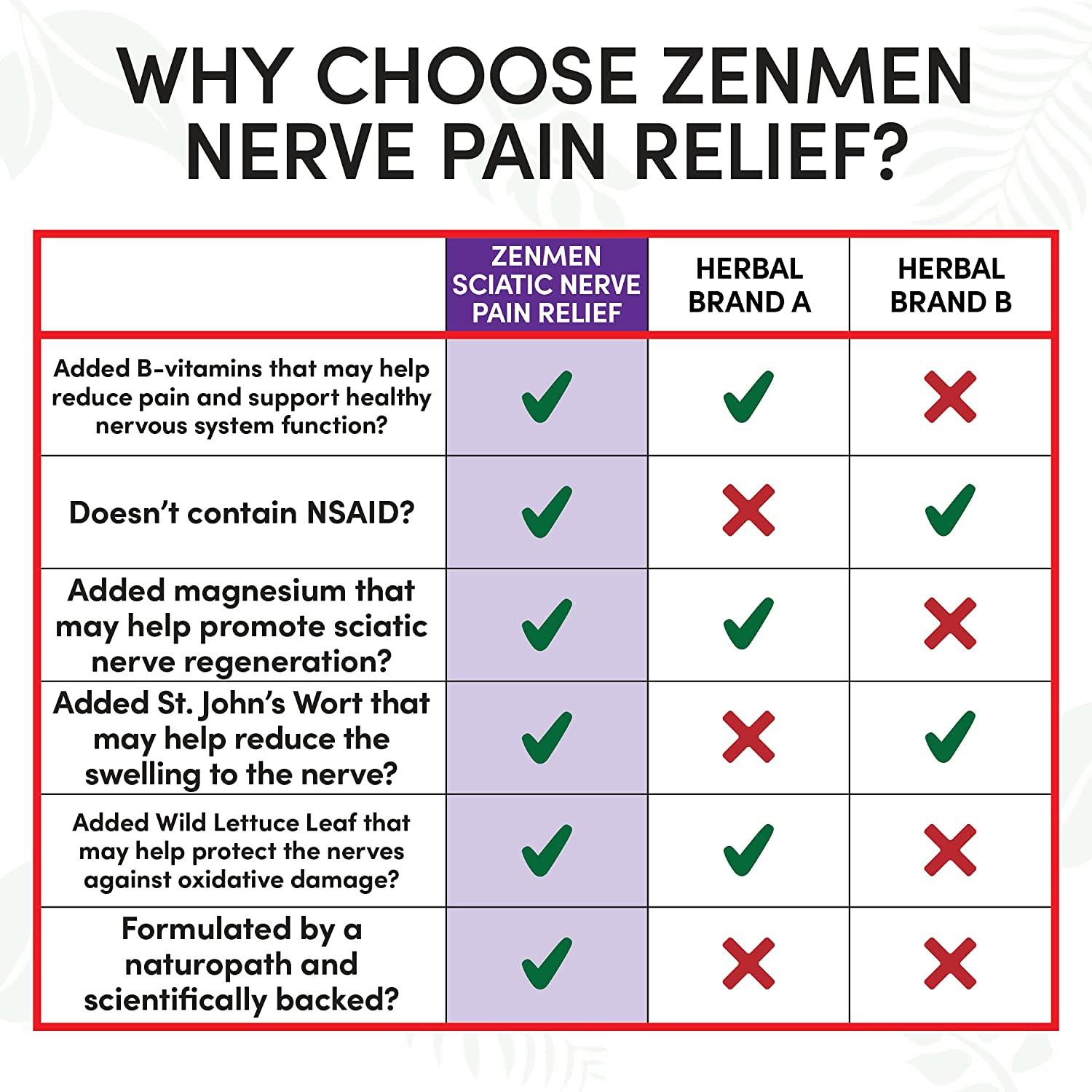What Vitamin Do You Need For Sciatic Nerve Pain

Sciatic nerve pain sufferers, relief could be closer than you think. Research indicates a specific vitamin deficiency might be exacerbating your symptoms.
This article cuts through the confusion surrounding sciatica and identifies a crucial vitamin link. Addressing this deficiency could significantly reduce pain and improve nerve function.
The Vitamin D Connection to Sciatica
Emerging studies suggest a strong correlation between Vitamin D deficiency and sciatica. A 2015 study published in the journal Pain Physician found that a significant percentage of patients with chronic lower back pain, including sciatic pain, were deficient in Vitamin D.
Researchers hypothesize that Vitamin D plays a vital role in nerve health and inflammation. Low levels may contribute to nerve irritation and increase susceptibility to pain signals.
Vitamin D helps regulate the inflammatory response. It is also believed to play a role in nerve conduction.
Who is at Risk of Vitamin D Deficiency?
Several factors can contribute to Vitamin D deficiency. These include limited sun exposure, darker skin pigmentation, and certain medical conditions like Crohn's disease.
People who are obese or have had gastric bypass surgery are also at higher risk. Seniors and those who are primarily indoors should supplement their intake to achieve normal Vitamin D levels.
Individuals with kidney or liver disease may have difficulty converting Vitamin D into its active form. Consulting with a healthcare professional is crucial in these cases.
Identifying and Addressing Vitamin D Deficiency
The first step is to get your Vitamin D levels checked. A simple blood test, typically ordered by your doctor, can determine if you are deficient.
The recommended daily allowance (RDA) for Vitamin D varies, but most adults need around 600-800 IU (International Units). Consult with your doctor to determine the appropriate dosage for you.
Supplementation is a common way to address Vitamin D deficiency. Vitamin D3 (cholecalciferol) is generally considered the most effective form.
Where to Find Vitamin D
Sunlight is a natural source of Vitamin D. Aim for 15-20 minutes of sun exposure daily, without sunscreen, when possible.
Certain foods are also fortified with Vitamin D. These include milk, yogurt, and some cereals.
Fatty fish like salmon, tuna, and mackerel are naturally rich in Vitamin D. Egg yolks also contain small amounts.
Vitamin D and Sciatica: What the Research Says
While more research is needed, preliminary studies are promising. A 2013 study in the European Spine Journal suggested that Vitamin D supplementation could improve pain scores in patients with chronic lower back pain.
The study showed that improvements in Vitamin D levels were correlated with improvements in pain and function. Further research is needed to confirm these findings.
It's important to remember that Vitamin D supplementation should be part of a comprehensive treatment plan. This may include physical therapy, exercise, and other pain management strategies.
When to Expect Results
It may take several weeks or months to see the full benefits of Vitamin D supplementation. Consistency is key.
Monitor your symptoms closely and report any changes to your doctor. Regular blood tests can help ensure that your Vitamin D levels are within the optimal range.
Individual results may vary. Do not expect that Vitamin D alone can fix sciatica.
The How: Safe Vitamin D Supplementation
Always consult with your doctor before starting any new supplement. They can assess your individual needs and potential risks.
High doses of Vitamin D can be toxic. Symptoms of Vitamin D toxicity include nausea, vomiting, and weakness.
Be mindful of interactions with other medications. Vitamin D can interact with certain drugs, including steroids and some weight-loss medications.
Who to Consult
Your primary care physician is a good starting point. They can order a Vitamin D blood test and recommend a dosage.
A specialist, such as an orthopedist or neurologist, can help diagnose and manage your sciatica. They may recommend additional treatments.
A registered dietitian can help you optimize your diet for Vitamin D intake. They can also provide guidance on supplementation.
Next Steps and Ongoing Research
Don't ignore persistent sciatic pain. Schedule an appointment with your doctor to discuss your symptoms and explore treatment options.
Researchers are continuing to investigate the role of Vitamin D in nerve health and pain management. Stay informed about the latest findings.
By taking proactive steps, you can take control of your sciatic pain and improve your quality of life. Act now!








![What Vitamin Do You Need For Sciatic Nerve Pain Best Supplements For Sciatic Nerve Pain Relief [2025]](https://honestproreview.com/wp-content/uploads/2021/10/supplements-for-sciatic-nerve-pain-768x384.png)









